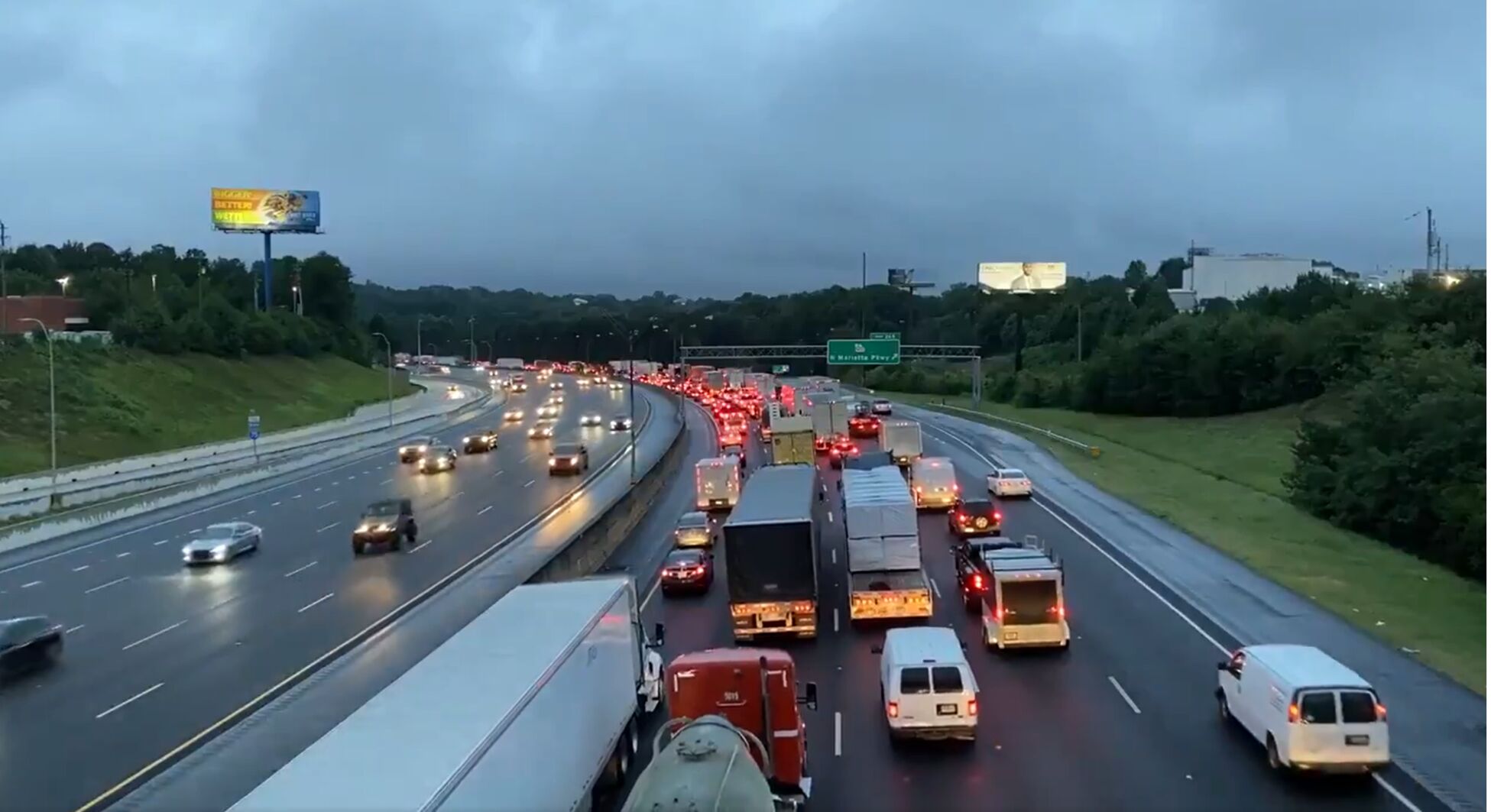

41 corridor, which mostly remains as a two lane highway today. 6 This avoided the environmentally sensitive U.S. The route was changed sometime in the mid-1970s it may have been as late as 1977 when I-75 was relocated to the Alligator Alley (SR 84).
I75 TRAFFIC UPGRADE
However, with pressure to upgrade the tolled Alligator Alley (old SR 84) to a superhighway, Interstate 75 was extended instead along that route.

When this was considered, I-395 was still to remain as is and FDOT maps confirm that the southern spur to Miami Beach was to remain Interstate 395. I-75 would have followed SR 836 (Dolphin Expressway) west past Florida’s Turnpike (Homestead Extension) and overlaid U.S. When plans for extending I-75 south of Tampa were first concocted, the route was planned to begin at the Midtown Interchange between I-95 and I-395 near Downtown Miami. This was not the original planned southern terminus. Interstate 75 begins at a relatively innocuous location, the interchange of Florida State Road 826 (Palmetto Expressway) and Florida State Road 924 (Gratigny Parkway) in Hialeah, just northwest of Miami. Several segments of I-75 are also six lanes wide in Kentucky, Ohio and in Lower Michigan.Ī number of U.S. With the exception of Alligator Alley between Southwest and South Florida, all of I-75 is at least six lanes wide from Hialeah, Florida to Chattanooga, Tennessee. Well traveled for the bulk of its course, Interstate 75 has enough traffic to justify six lanes in most locations. A sentimental favorite of AARoads, annual road trips from the Midwest south to sunny Florida makes Interstate 75 a most enjoyable journey. I-75 connects several major metropolitan areas including Miami in South Florida, the Tampa Bay region, Atlanta, Chattanooga and Knoxville in Tennessee, Cincinnati and Toledo, Ohio and Detroit, Michigan.

Interstate 75 is a major transportation corridor, linking the Southeastern U.S.


 0 kommentar(er)
0 kommentar(er)
